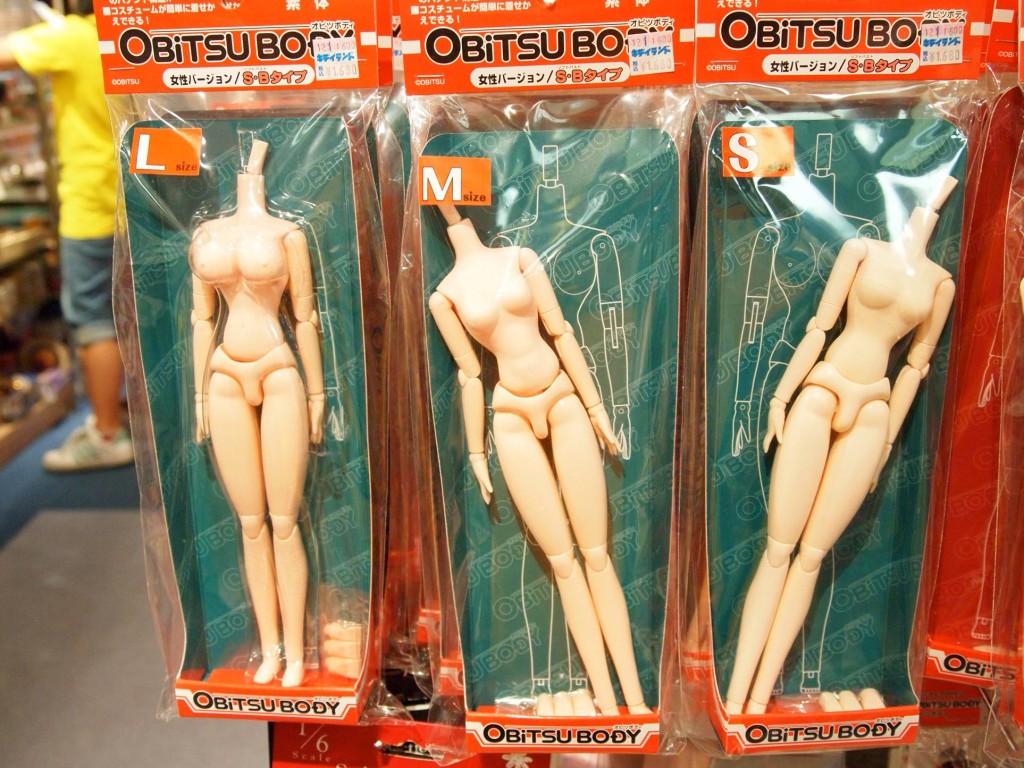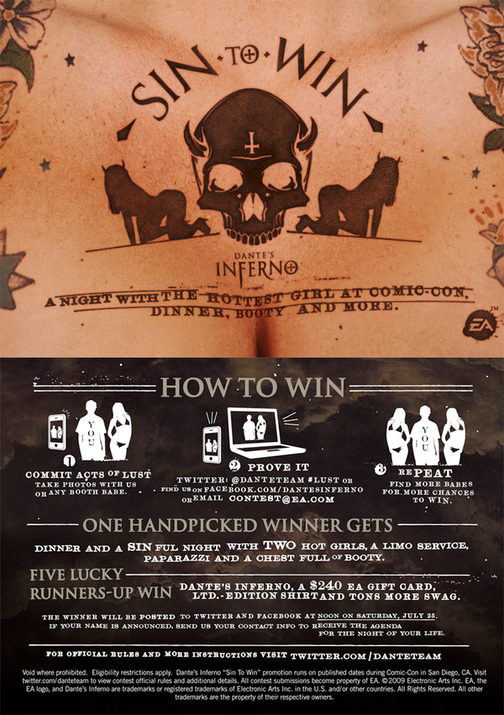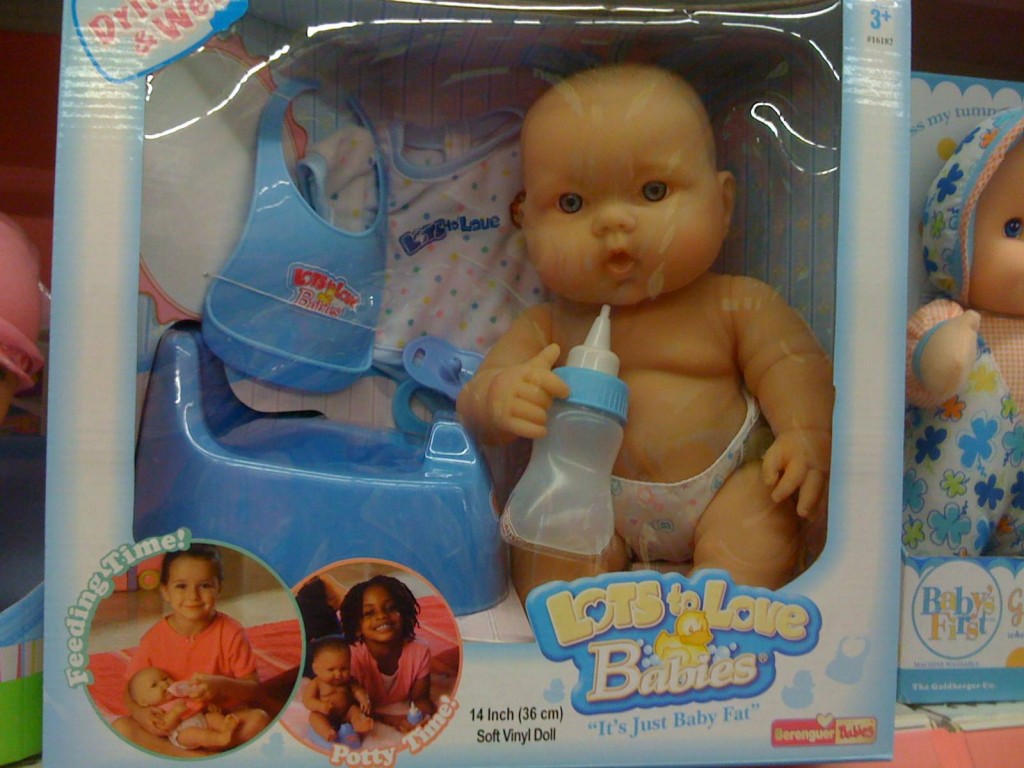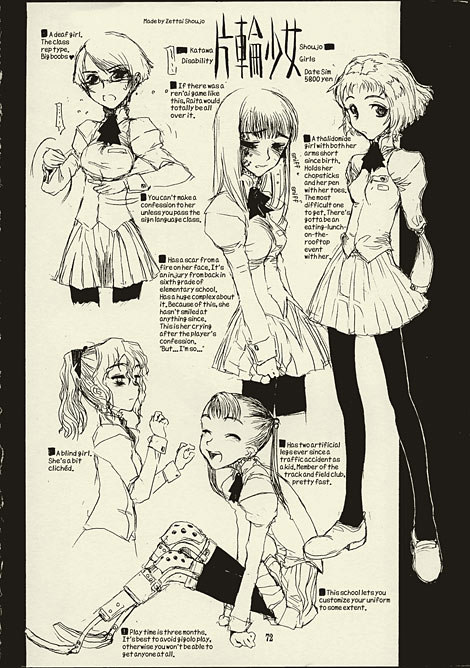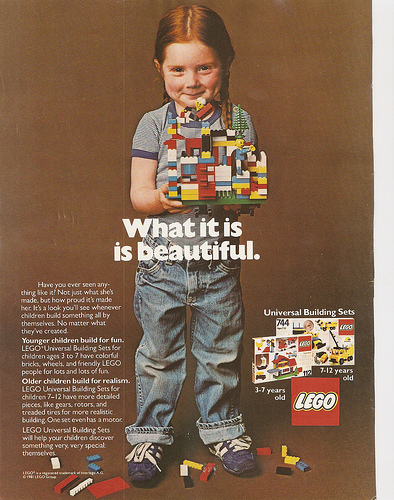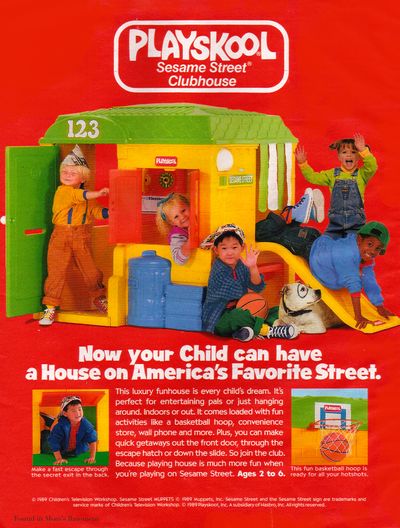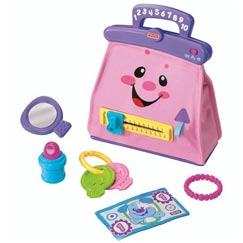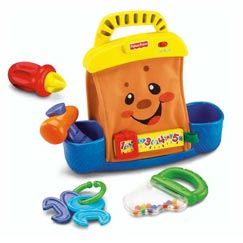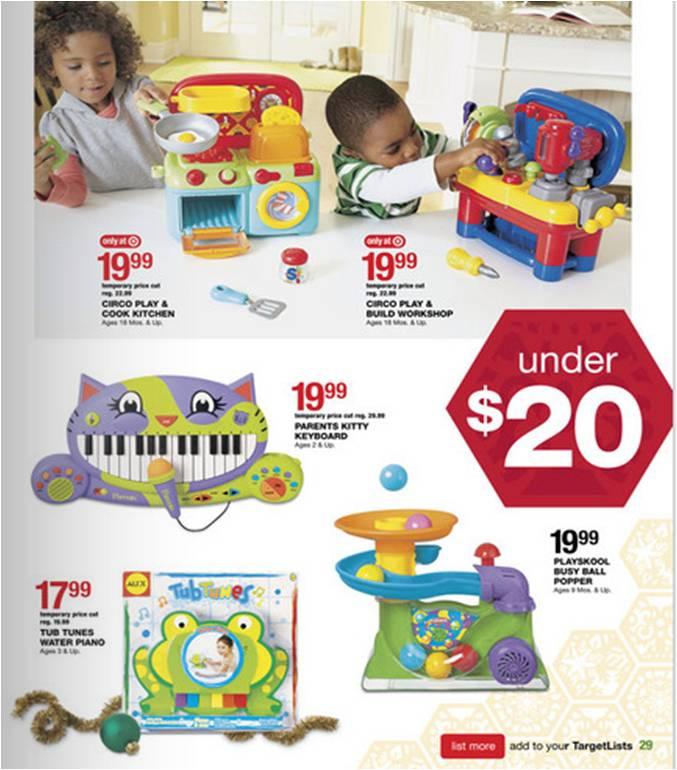Tara C., fds, Dimitriy T.M., Wendy C., and Breck C. all sent in images of the Bebé Glotón, a doll that comes with a sort of bra that lets a child pretend to breastfeed (found at Thingamababy):
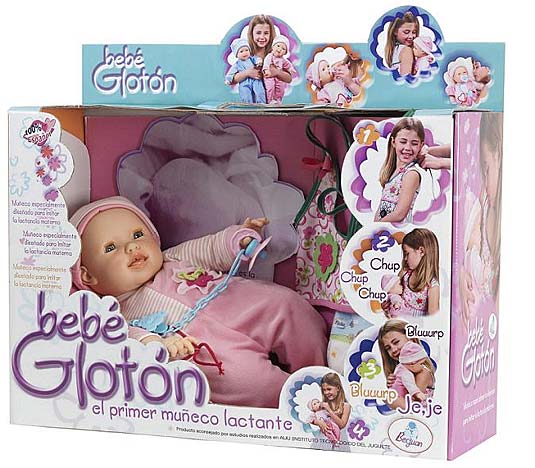
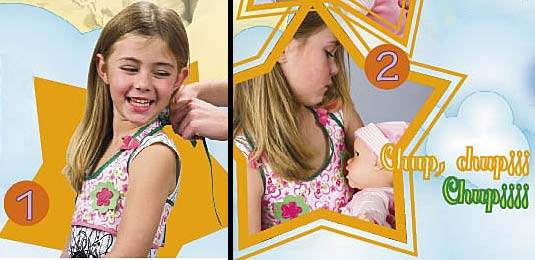
According to Thingamababy,
Bebé Glotón is a infant doll made by Berjuan, a toy maker in Spain, for the express purpose of promoting breastfeeding. The idea is to impress upon kids that breastfeeding is natural.
Here’s a demonstration video:
The doll has sparked quite a bit of controversy. From a story in the Mail Online:
Posting a comment after watching a demonstration video online, one user wrote: ‘This toy would never work in the U.S. because the public would sexualize the act of breastfeeding, thereby deeming it inappropriate for little girl to engage in.’
Another wrote: ‘ Honestly, I think this is awful. Now let me just be clear, I think breastfeeding is wonderful and wholeheartedly encourage it, however, it is completely inappropriate to allow a young girl to mimic it.’
And from Fox News:
Dr. Manny Alvarez, managing health editor of FOXNews.com, said although he supports the idea of breast-feeding, he sees how his own daughter plays with dolls and wonders if Bebe Gloton might speed up maternal urges in the little girls who play it.
Um…okay. Why this would “speed up maternal urges” any more than bottle-feeding a doll, I don’t really know.
While my first reaction was that the doll is creepy and weird, on second thought I couldn’t see that it’s stranger than the doll one of my cousins got a few years ago that “pooped” and “peed” some bright yellow and green substances that I did not ask any details about. I dunno. Is this really “sexualizing” girls? That implies that breastfeeding, real or simulated (through layers of clothing), is a sexual activity. I think it’s kind of fascinating that so many people, including myself, have had such an immediately negative reaction to the doll.
The more I think about it, the more it seems that my, and others’, negative reaction is based on a premise that anything involving breasts is sexual…a premise that many breastfeeding advocacy groups such as La Leche League have fought as they try to expand the ability of parents to breastfeed in public (or to have access to clean spaces to breastfeed in places such as malls, religious and government buildings, and so on).
Is our problem with the doll really more about the social construction of breasts as sexual? What is the primary problem with this doll? What’s driving our disgust?
Thoughts?

